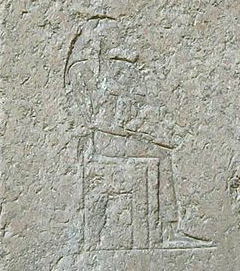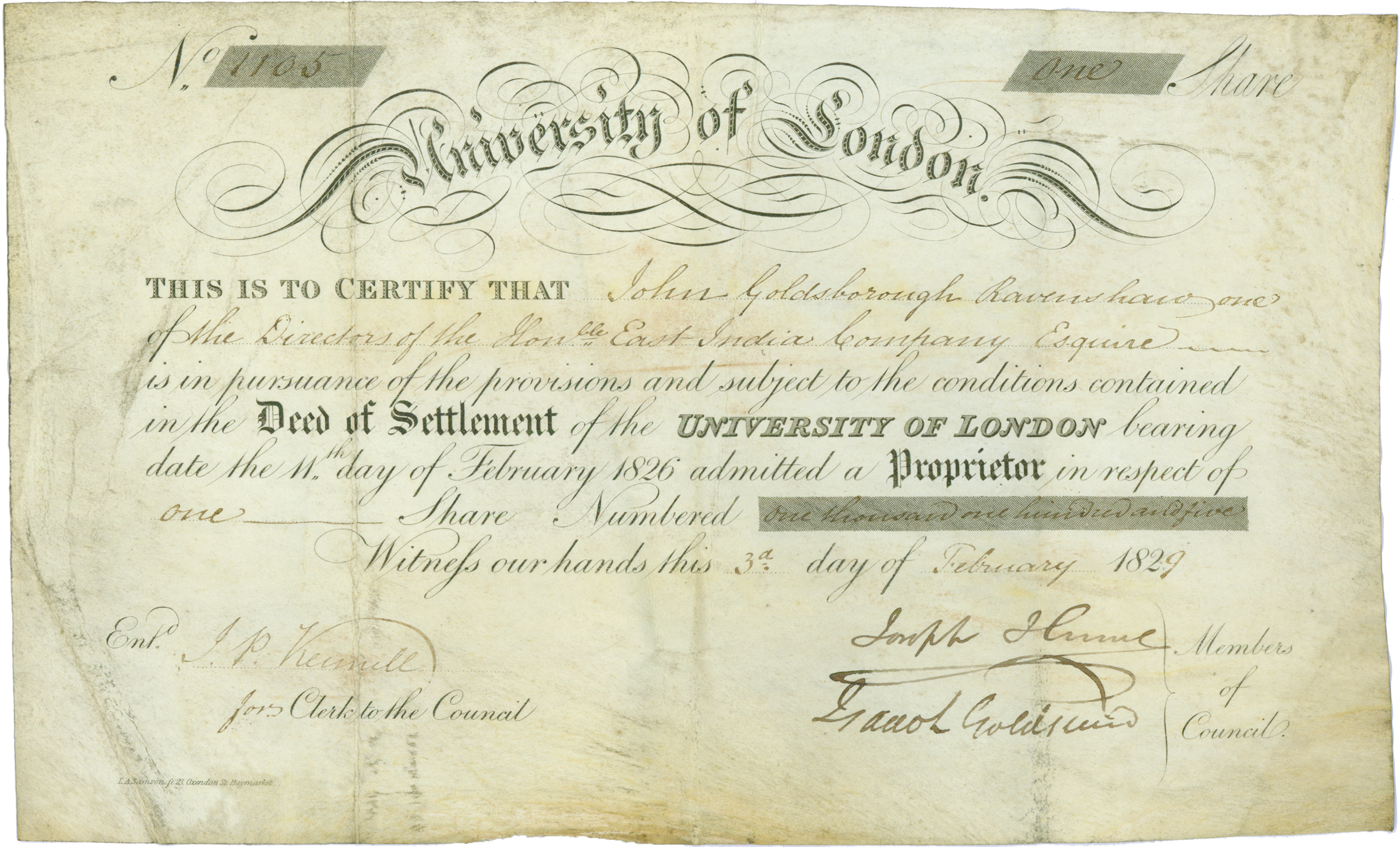|
High Priest Of Ptah
The High Priest of Ptah was sometimes referred to as "the Greatest of the Directors of Craftsmanship" ('' wr-ḫrp-ḥmwt''). This title refers to Ptah as the patron god of the craftsmen.Dodson and Hilton, ''The Complete Royal Families of Ancient Egypt'', 2004 The office of the high priest of Ptah was located in Memphis in Lower Egypt. The temple of Ptah in Memphis was dedicated to Ptah, his consort Sekhmet and their son Nefertem. History High priests of Ptah are mentioned in inscriptions dating back to at least the Fourth Dynasty. In the tomb of the nobleman Debhen, for instance, there is a description of a visit by Pharaoh Menkaure to the construction site for his pyramid "Divine is Menkaure". The pharaoh is accompanied by a naval commander and two high priests of Ptah. There used to be two high priests of Ptah until the Sixth Dynasty. It was probably during the reign of Pepi I Meryre that the two offices were combined into one. In the tomb of Sabu called Thety in Saq ... [...More Info...] [...Related Items...] OR: [Wikipedia] [Google] [Baidu] |
Ptah Standing
Ptah ( ; , ; ; ; ) is an ancient Egyptian deity, a creator god, and a patron deity of Artisan, craftsmen and architects. In the Triad (religion), triad of Memphis, Egypt, Memphis, he is the husband of Sekhmet and the father of Nefertem. He was also regarded as the father of the sage Imhotep. Origin and symbolism Ptah is an Egyptian creator god who conceived the world and brought it into being through the creative power of speech. A hymn to Ptah dating to the Twenty-second Dynasty of Egypt says Ptah "crafted the world in the design of his heart," and the Shabaka Stone, from the Twenty-fifth Dynasty of Egypt, Twenty-Fifth Dynasty, says Ptah "gave life to all the gods and their Ancient Egyptian conception of the soul#Ka (vital essence), kas as well, through this heart and this tongue." Epithets He bears many epithets that describe his role in ancient Egyptian religion and its importance in society at the time: * ''Ptah the begetter of the first beginning'' * ''Ptah lord of ... [...More Info...] [...Related Items...] OR: [Wikipedia] [Google] [Baidu] |
Ptolemaic Kingdom
The Ptolemaic Kingdom (; , ) or Ptolemaic Empire was an ancient Greek polity based in Ancient Egypt, Egypt during the Hellenistic period. It was founded in 305 BC by the Ancient Macedonians, Macedonian Greek general Ptolemy I Soter, a Diadochi, companion of Alexander the Great, and ruled by the Ptolemaic dynasty until the death of Cleopatra VII in 30 BC. Reigning for nearly three centuries, the Ptolemies were the longest and final Dynasties of ancient Egypt, dynasty of ancient Egypt, heralding a distinct era of Hellenistic religion, religious and cultural syncretism between Greek and Egyptian culture. Alexander the Great conquered Thirty-first Dynasty of Egypt, Persian-controlled Egypt in 332 BC during Wars of Alexander the Great, his campaigns against the Achaemenid Empire. Death of Alexander the Great, Alexander's death in 323 BC was followed by the Empire of Alexander the Great, rapid unraveling of the Macedonian Empire amid competing claims by the ''diadochi'', his closest fr ... [...More Info...] [...Related Items...] OR: [Wikipedia] [Google] [Baidu] |
Userkaf
Userkaf (known in Ancient Greek as , ; died 2491 BC) was a pharaoh, king of ancient Egypt and the founder of the Fifth Dynasty of Egypt, Fifth Dynasty. He reigned for around seven years in the early 25th century BC, during the Old Kingdom of Egypt, Old Kingdom period. He probably belonged to a branch of the Fourth Dynasty of Egypt, Fourth Dynasty royal family, although his parentage is uncertain; he could have been the son of Khentkaus I. He had at least one daughter. Sahure, who succeeded him as king, was probably his son with his consort Neferhetepes (wife of Userkaf), Neferhetepes. A tomb belonging to another possible son, Waser-If-Re, has been discovered in Saqqara. His reign heralded the ascendancy of the cult of Ra, who effectively became Egypt's state god during the Fifth Dynasty. Userkaf may have been a high-priest of Ra before ascending the throne, and built a Egyptian sun temple, sun temple, known as the ''Sun temple of Userkaf, Nekhenre'', between Abusir and Abu Gurab. ... [...More Info...] [...Related Items...] OR: [Wikipedia] [Google] [Baidu] |
Shepseskaf
Shepseskaf (meaning "His Ka is noble") was a pharaoh of ancient Egypt, the sixth and probably last ruler of the fourth dynasty during the Old Kingdom period. He reigned most probably for four but possibly up to seven years in the late 26th to mid-25th century BC. Shepseskaf's relation to his predecessor Menkaure is not entirely certain; he might have been his son or possibly his brother. The identity of his mother is highly uncertain as she could have been one of Menkaure's consorts or queen Khentkaus I or Neferhetepes. Similarly, Shepseskaf's relation to his probable successor on the throne, Userkaf, is not known although in the absence of clear indication of strife at the transition between the fourth and fifth dynasties, Userkaf could well have been his son or his brother. If Shepseskaf was succeeded directly by Userkaf rather than by Thampthis as claimed by some historical sources, then his death marks the end of the fourth dynasty. The transition to the fifth dyna ... [...More Info...] [...Related Items...] OR: [Wikipedia] [Google] [Baidu] |
Ranefer (High Priest Of Ptah)
Ranefer or Ranofer () was a High Priest of Ptah, who lived at the beginning of the Fifth Dynasty of Ancient Egypt. His name means " Ra is beautiful". His main title was "greatest of the directors of craftsmen belonging to the day of festival". This is a variation of the title normally assigned to the high priest of Ptah. Ranefer served as a High Priest at the end of the Fourth and the beginning of the Fifth Dynasty. He also was a ''priest of Seker'', ''steward of Seker'' (''imy-r pr zkr'') and ''priest of Ptah'', and was buried in a large mastaba built for himself at Saqqara. In the mastaba was also found the statue of a woman called Hekenu. His name and titles are preserved on two statues discovered in the mastaba. Auguste Edouard Mariette: ''Les Mastabas de l'Ancien Empire. Fragment du dernier ouvrage.'' Publié d'apres le manuscrit de l'auteur par Gaston Maspero. F. Vieweg, Paris 1889, p. 121–123 The statues are today in the Egyptian Museum The Museum of Egyptian Anti ... [...More Info...] [...Related Items...] OR: [Wikipedia] [Google] [Baidu] |
Niuserre
Nyuserre Ini (also Niuserre Ini or Neuserre Ini; in Greek known as Rathurês, ''Ῥαθούρης''; died 2422 BC) was an Ancient Egyptian king King is a royal title given to a male monarch. A king is an Absolute monarchy, absolute monarch if he holds unrestricted Government, governmental power or exercises full sovereignty over a nation. Conversely, he is a Constitutional monarchy, ..., the sixth ruler of the Fifth Dynasty during the Old Kingdom period. He is credited with a reign of 24 to 36 years depending on the scholar, and likely lived in the second half of the 25th century BCE. Nyuserre was the younger son of Neferirkare Kakai and queen Khentkaus II, and the brother of the short-lived king Neferefre. He may have succeeded his brother directly, as indicated by much later historical sources. Alternatively, Shepseskare may have reigned between the two as advocated by Miroslav Verner, albeit only for a few weeks or months at the most. The relation of Shepseskare with ... [...More Info...] [...Related Items...] OR: [Wikipedia] [Google] [Baidu] |
Ptahshepses (high Priest)
Ptahshepses was an ancient Egyptian official at the end of the Fourth and the beginning of the Fifth Dynasty. His main title was that of a ''great one of the leaders of craftsmen'', that in later periods is the main designation of the High Priest of Ptah. Ptahshepses is mainly known from a false door that is today in the British Museum (Inv. no. EA 682), but coming from his tomb. A smaller fragment of the door is kept in the Oriental Institute Museum (Inv. no. 11084) in Chicago He is also known from statues and had a mastaba at Saqqara (mastaba C 1). His false door bears a biographical inscription that reports the main events in his life. Starting on the far right of the door, column 1 records that Ptahshepses was born under king Menkaure and educated at the palace. Excluding the center of the door, it is assumed that each of the 8 columns records events under successive kings. So while only Menkaure and Shepseskaf's cartouches are visible, it is thought that under Userkaf, ... [...More Info...] [...Related Items...] OR: [Wikipedia] [Google] [Baidu] |
Ptah-Du-Auu
Ptah-Du-Auu was a nobleman and priest in ancient Egypt, who lived during the 4th dynasty. Ptah-Du-Auu was named after the god Ptah, whom he served. Biography Ptah-Du-Auu was the first known High Priest of Ptah. His titles were ''High Priest of the Ka of Ptah'' and ''Director of the Craftsmen of the Temple of Ptah of the White Wall''. He was buried at Saqqara Saqqara ( : saqqāra ), also spelled Sakkara or Saccara in English , is an Egyptian village in the markaz (county) of Badrashin in the Giza Governorate, that contains ancient burial grounds of Egyptian royalty, serving as the necropolis for .... Dominique Mallet excavated his tomb in the late 1960s. References {{authority control Ancient Egyptian priests People of the Fourth Dynasty of Egypt Memphis high priests of Ptah ... [...More Info...] [...Related Items...] OR: [Wikipedia] [Google] [Baidu] |
Roman Egypt
Roman Egypt was an imperial province of the Roman Empire from 30 BC to AD 642. The province encompassed most of modern-day Egypt except for the Sinai. It was bordered by the provinces of Crete and Cyrenaica to the west and Judaea, later Arabia Petraea, to the East. Egypt was conquered by Roman forces in 30 BC and became a province of the new Roman Empire upon its formation in 27 BC. Egypt came to serve as a major producer of grain for the empire and had a highly developed urban economy. It was by far the wealthiest Roman province outside of Italy. The population of Roman Egypt is unknown, although estimates vary from . Alexandria, its capital, was the largest port and second largest city of the Roman Empire. Three Roman legions garrisoned Egypt in the early Roman imperial period, with the garrison later reduced to two, alongside formations of the Roman army. The major town of each '' nome'' (administrative region) was known as a metropolis and gr ... [...More Info...] [...Related Items...] OR: [Wikipedia] [Google] [Baidu] |
University College London
University College London (Trade name, branded as UCL) is a Public university, public research university in London, England. It is a Member institutions of the University of London, member institution of the Federal university, federal University of London, and is the second-largest list of universities in the United Kingdom by enrolment, university in the United Kingdom by total enrolment and the largest by postgraduate enrolment. Established in 1826 as London University (though without university degree-awarding powers) by founders who were inspired by the radical ideas of Jeremy Bentham, UCL was the first university institution to be established in London, and the first in England to be entirely secular and to admit students regardless of their religion. It was also, in 1878, among the first university colleges to admit women alongside men, two years after University College, Bristol, had done so. Intended by its founders to be Third-oldest university in England debate ... [...More Info...] [...Related Items...] OR: [Wikipedia] [Google] [Baidu] |






